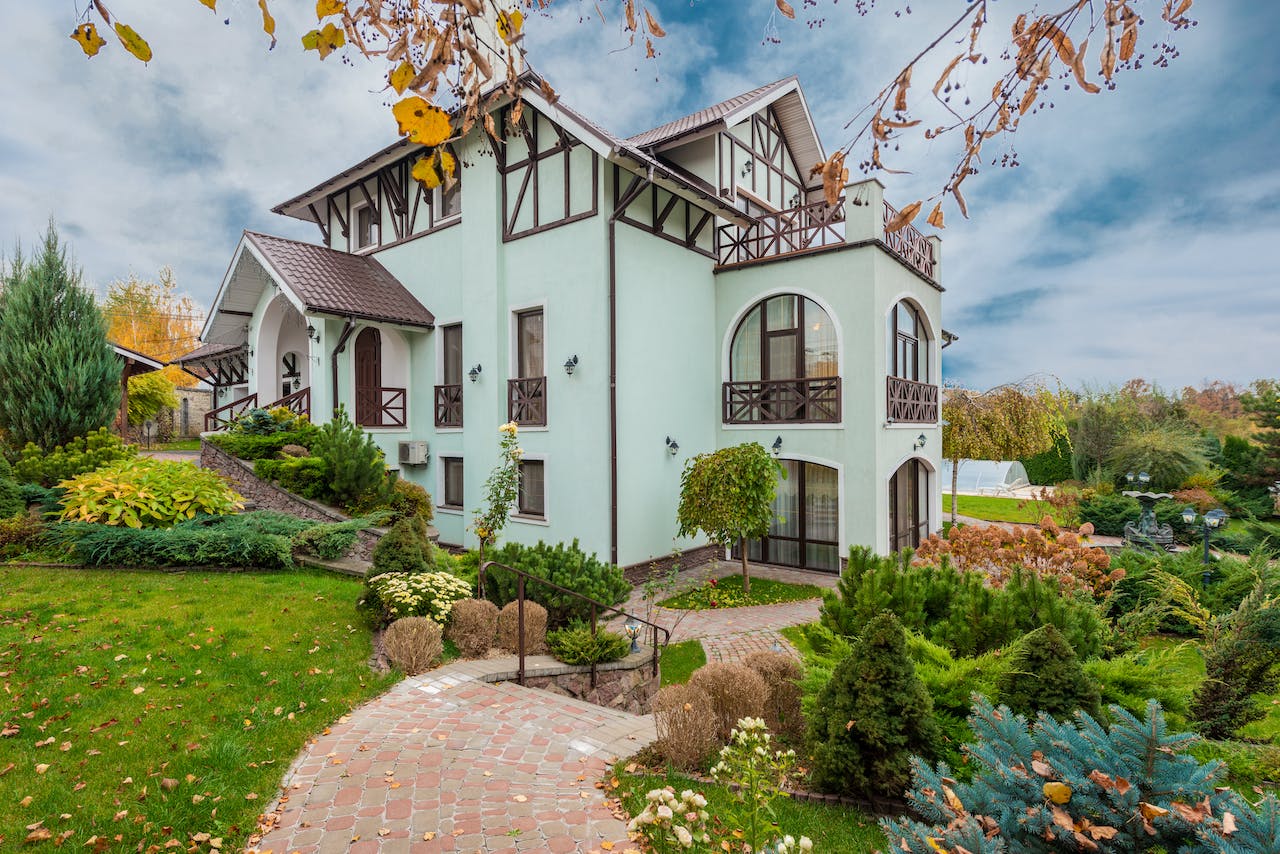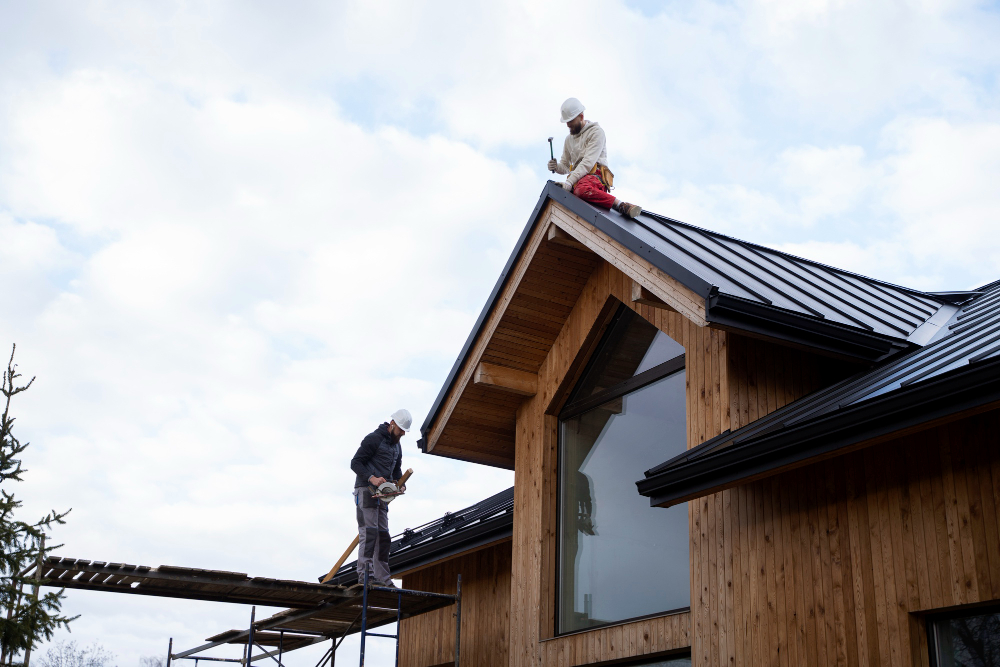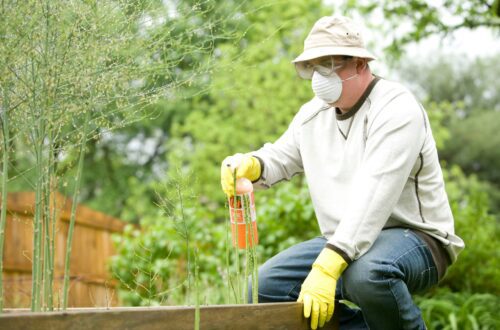Landscape design is the process of blending man’s technology into nature. It involves many skills and elements, including line, form, texture, color, and scale.
It’s essential to be clear about your vision from the start. You only want to return to the drawing board after your designer understands you.
Observe Nature
Spending time in nature also teaches empathy. It gives you a new appreciation for the life-giving ecosystem outside your door. The birds chirping, the squirrels’ acrobatics, & the changing landscape can be a great source of inspiration for your landscape design. For example, a tall tree with shorter shrubs around it creates a balance. Also, look at how the colors of plants change throughout the season. As a landscape designer, it’s essential to observe the natural world. The best place to start is by visiting parks & gardens. Look at how the plants are arranged & what works well with each other.
Organize Your Ideas
Landscape Designer who are professionals belong to industry organizations that offer networking opportunities and continuing education. This keeps them up to date on the latest trends and helps them stay connected with others in their field.
A beautiful yard adds value to your home and improves your quality of life. Setting a realistic budget and deciding what features are most important to you and your family is essential.
Focus on one or two marquee items that will impact most significantly. It’s also a good idea to purchase perennial plants instead of annuals, as they are more cost-effective in the long run. These plants also come back year after year.
Create a Budget
A skilled designer can help you create an outdoor space that reflects your style and fits your budget. But if you don’t set a realistic budget up front, it can be easy to overspend and wind up with a landscape you regret later.
When setting a budget, think of the things you want to accomplish and prioritize those items. Then, think of ways to stretch your budget. For example, you could reuse existing materials or plants to save money.
Including the maintenance cost for the new landscape in your budget is also a good idea. This is the best way to ensure that your landscape will stay looking its best and protect your investment.
Communicate With Your Designer
It would be best to communicate your opinions and ideas to your landscape designer upfront. This will save you time and money in the long run because your landscape professional will only have to return to the drawing board if they are on the same page.
In addition to photos of previous projects, a great landscape designer will create a design plan for each project. This will include a detailed layout of hardscapes, beds, and other design elements. It will also include details like costs and timeframes. Testimonials from clients or employers are often included as well.
Make Decisions
A landscape designer must be able to make decisions promptly and stick with them. Many factors come into play when building a landscape, and each step must be quickly completed for the project to continue on schedule.
Examples of these factors are proportion- the size of elements about each other and the design as a whole; scale- the size of objects about human scale; and Pacing- the use of varying sizes and shapes with repetition of color, line, form, and texture to create rhythm.
It would be best to have a good idea of the landscaping style you want and how much maintenance you are willing to do. Having a plan before you meet with a landscape designer can save time and money.
Stick to Your Decisions
When you’re landscaping, it’s essential to stick with your decisions. Changing your mind too often can slow the process and derail the entire project.
For example, if you want to add a water feature, ensure it’s planned out from the beginning. Doing your homework before hiring a landscape designer ensures the feature fits in with the rest of your landscape. Start by tearing out your favorite pictures from gardening magazines and create a file to bring to your meeting with the design expert.






